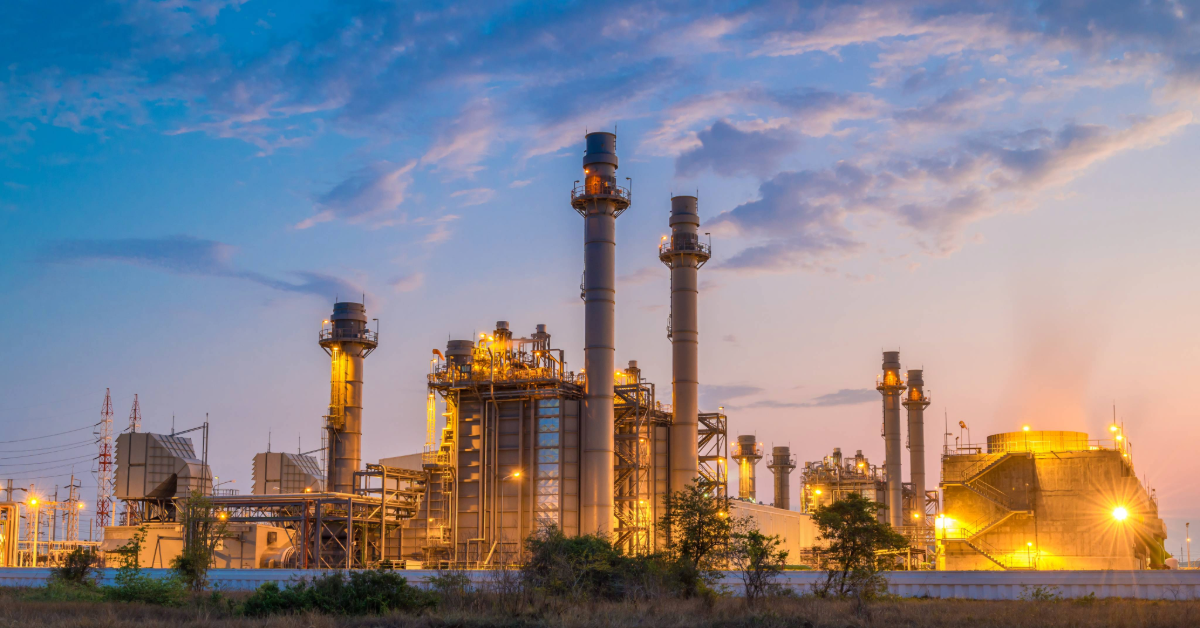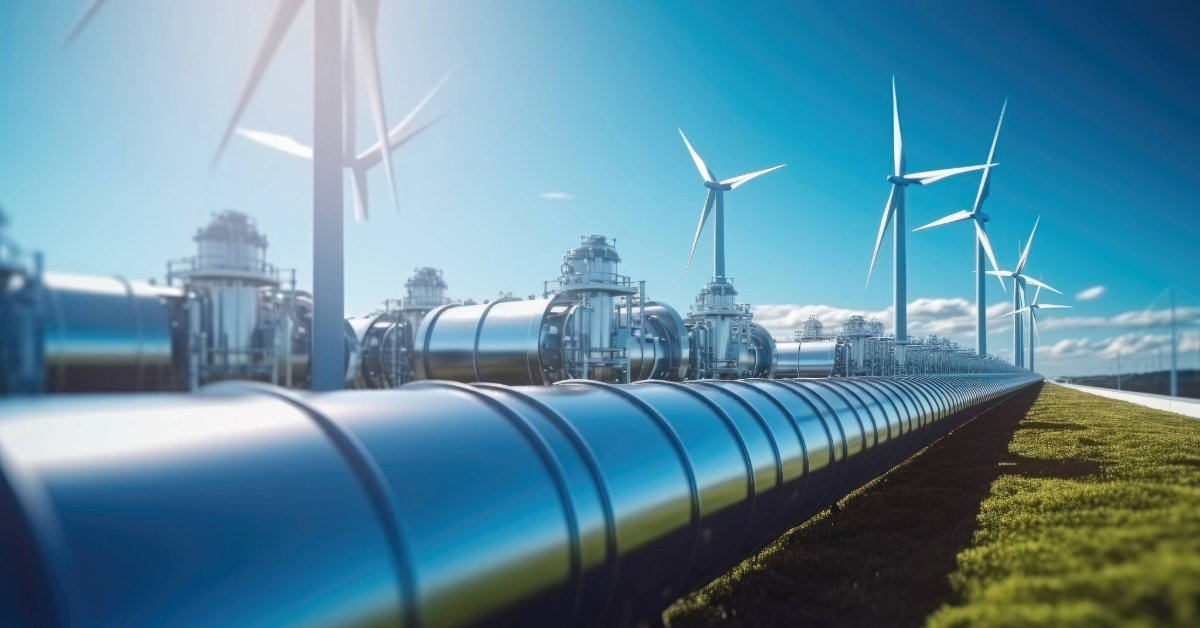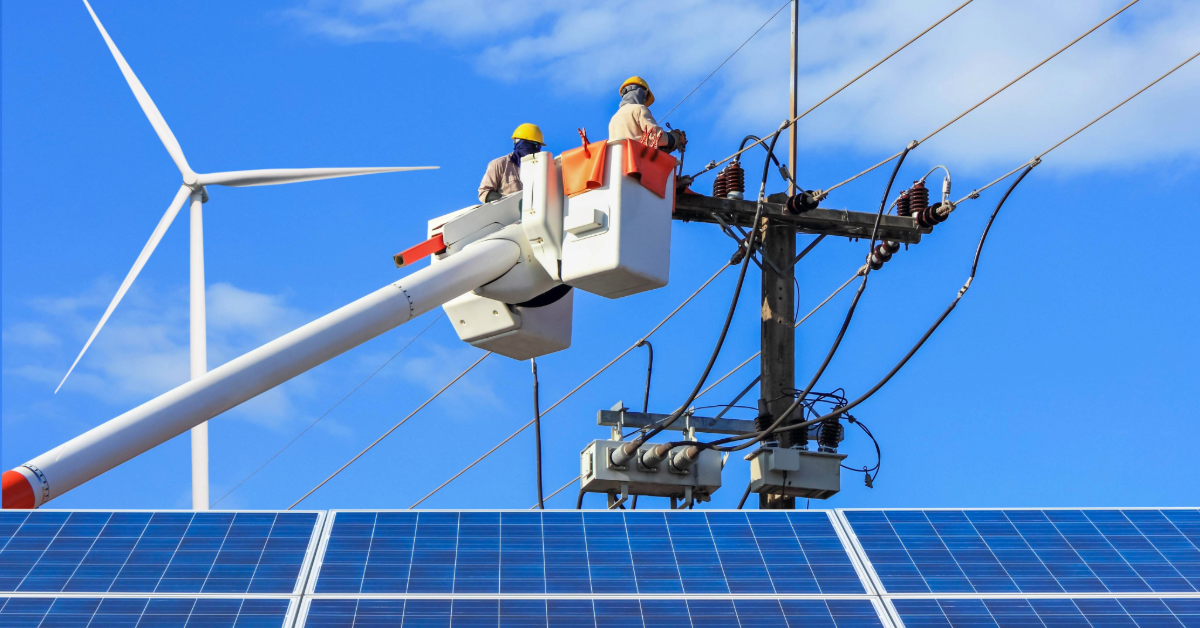Cascade Natural Gas Utilizes PLEXOS for Decarbonization Compliance
Cascade Natural Gas - One of the Fastest Growing Natural Gas Utilities in the U.S. Cascade Natural Gas, a subsidiary of MDU Resources Group, is a...
4 min read
 Team Energy Exemplar
:
October 24, 2024
Team Energy Exemplar
:
October 24, 2024

Originally published on Utility Dive on October 7, 2024
America’s energy landscape is as diverse as its cities, small towns and regions. For example, according to one estimate, the Pacific Northwest leverages its network of hydroelectric dams to produce about 50% of the region’s electricity generation. Texas, the traditional hotbed of fossil fuel development, is now the nation’s leader in wind and utility-scale solar and plans to build more clean power through 2025 than the next top nine states combined.
The energy resources different regions can tap inevitably vary across such a large and sprawling country. But there is one common imperative that all regions increasingly share: the need to co-optimize power and natural gas planning. New England offers a stark example of why co-optimized planning is so essential to maintaining reliable and affordable energy while also meeting aggressive goals to reduce greenhouse gas emissions.
New England reduced greenhouse gas emissions by nearly 40% between 2002 and 2022, and states such as Massachusetts have mandated net-zero emissions by 2050. To achieve that mandate, New England is leaning heavily on electrification of buildings and transportation. With the region’s goal of installing 580,000 new heat pumps and forecasts of 2.4 million new electric vehicles (EVs), New England’s electricity demand is expected to spike 23% over the next decade.

But New England faces a big challenge. Land constraints limit the amount of wind and solar generation the region can build to meet its demand for carbon-free electricity. Exacerbating that problem is the fact that restrictions on fracking and pipeline construction in New York also prevent New England from accessing natural gas to fill in the gaps when there is not enough renewable electricity. The result is pressure both on New England’s ability to provide reliable and affordable energy to businesses and residents, and its capacity to meet ambitious decarbonization goals.
“Because Massachusetts and New York have put strict regulations on any new pipeline expansions into that region, you now have all this supply capability sitting on one side, and then you’ve got a wall that’s preventing it from getting into that region,” said Rob Homer, a senior product manager with Energy Exemplar, a company that provides software to model electric, gas and water markets to enable better decision making across the energy value chain. “New England is basically on an island. And what’s happened is that they’ve had to revert to oil, coal and wood to meet their energy requirements, which doesn’t help with decarbonization.”
New England is by no means alone in facing potential gaps between energy supplies and demand — gaps that highlight the need to co-optimize power and gas planning. In fact, the policy-driven push for the U.S. to electrify as much end-use energy as possible raises serious questions about energy reliability and affordability that planning needs to address.
“If you were to actually convert the entire North American system over to electricity and away from natural gas, you wouldn’t be able to serve the demand,” Homer said. “We would end up with major peaking problems in the wintertime, when natural gas storage is used to meet demand. How can you possibly plan for power systems independently when most of your reliability is based on the fact that you can rely on seasonal gas storage?”
In the Pacific Northwest, for example, both Oregon and Washington have aggressive decarbonization policies. Washington’s Climate Commitment Act and Oregon’s Climate Protection Program both mandate steep greenhouse gas emissions cuts by 2050. Cascade Natural Gas Corporation, which serves customers in both states, uses Energy Exemplar’s PLEXOS® modeling software to better understand how it can comply with decarbonization mandates, how natural gas can complement electricity and how potential new resources, such as biomethane, can support affordable greenhouse gas emissions reductions.

The value of PLEXOS is that it provides a holistic view of the entire energy system that isn’t possible when generation, distribution, transmission and gas planners do their own work using different data and methodologies. Devin McGreal, renewable resource manager at Cascade Natural Gas, stated, “That whole-system view is critical to pinpoint ways to both meet compliance obligations and reliably serve customers.”
McGreal remembers being at an industry conference and speaking with professionals in the renewable energy industry. “I said, ‘Solar and wind, you guys are doing a lot of great things. Do you guys ever look at renewable natural gas as an option?’ And the gentleman that I was talking to looked at me and said, ‘But you guys are the enemy.’ And I said, ‘It doesn’t have to be like that,’” McGreal said. “We hear about the resource-deficiency conversation on the electric side, and I think that’s where natural gas has a key role.”
While holistic planning can highlight opportunities for gas and power systems to optimize their interdependence, it can also help avoid dangerous disruptions in supplies of energy. For example, outages during 2021’s Winter Storm Uri resulted in billions of dollars in damage and even deaths in Texas. “Having the capability to co-optimize the power and gas sectors and doing typical reliability analysis would have highlighted the issue with large portions of the energy system in Texas unable to serve energy in both sectors,” Homer noted.
Grid planners increasingly recognize the importance of co-optimized planning. Earlier this year, the Independent System Operator New England (ISO-NE), Midcontinent Independent System Operator (MISO), PJM Interconnection and Southwest Power Pool (SPP) released a position paper prioritizing gas and electric system coordination.
“Electric utilities are starting to recognize that there is such a huge interdependence on the gas system in infrastructure that it’s important for them to start doing this planning. What we’re doing with PLEXOS is suggesting that it’s easier to do everything together,” Homer said. “That’s the only way you can answer questions like whether you can balance your renewable generation with gas-fired generation if I decommission coal facilities. That’s only answered by looking at these systems altogether.”

Cascade Natural Gas - One of the Fastest Growing Natural Gas Utilities in the U.S. Cascade Natural Gas, a subsidiary of MDU Resources Group, is a...

Originally published on Utility Dive on July 08, 2024 Generating and delivering energy to homes and businesses has never been a simple task. In...

Hydrogen is a fundamental element that is playing a growing role in the energy sector as gas for commercial use. When used for electrical and...